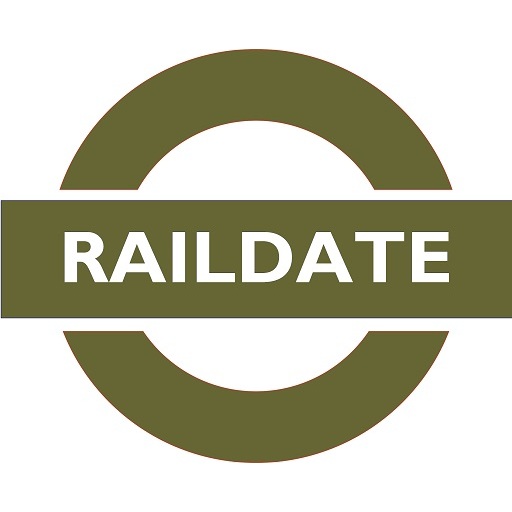
Thankyou to all the contributors and subscribers over the last 30+ years. The main Raildate website https://raildate.co.uk remains online and includes a history of Raildate by the founding editor Howard Sprenger + archived editions from 1996.
Email: raildate.co.uk - AT - gmail.com
Editor: Matthew Shaw